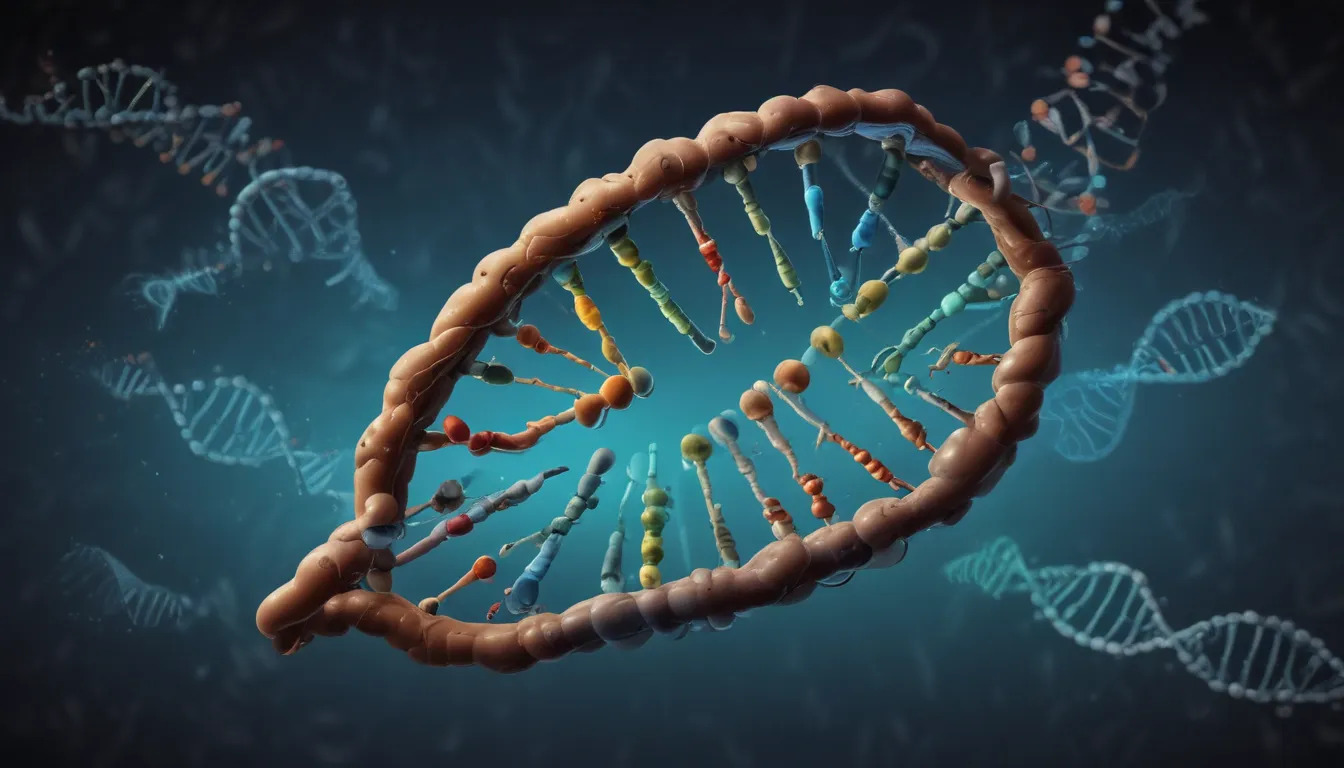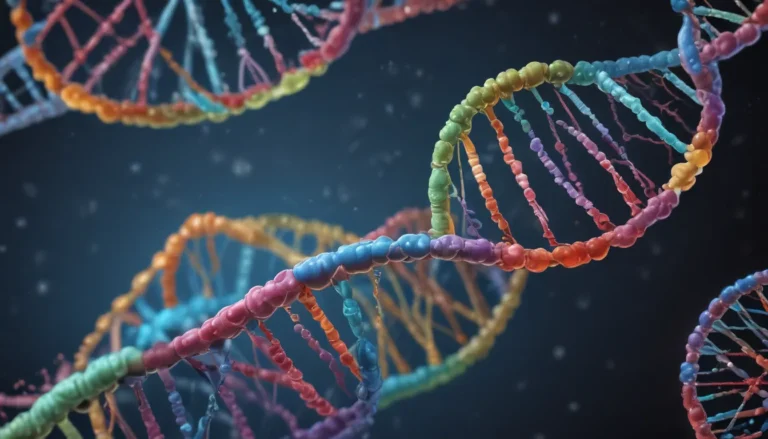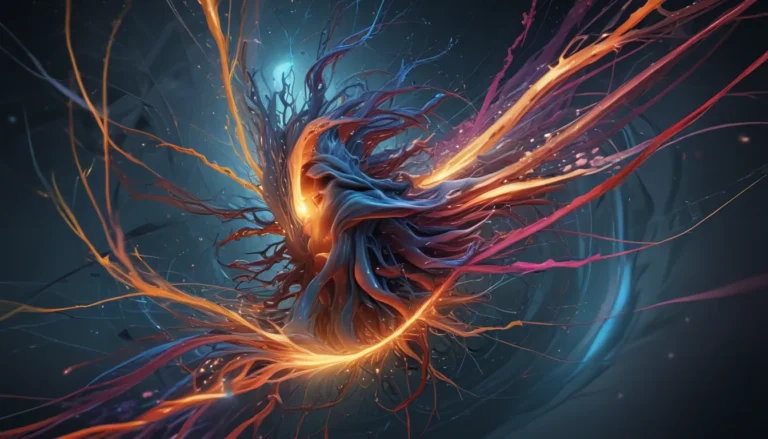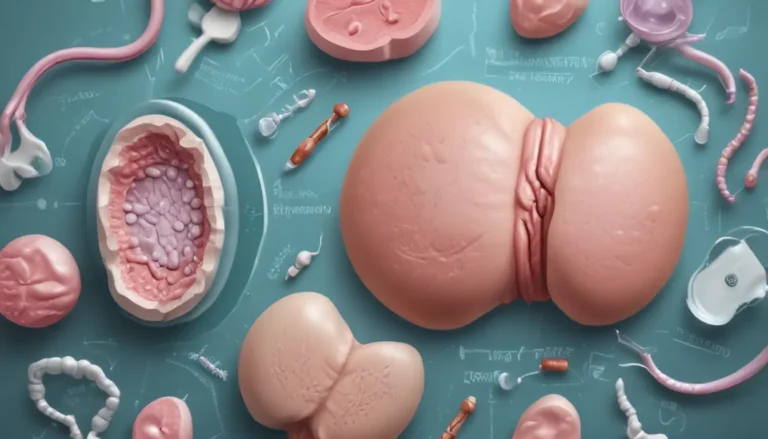A Note About Images: The images used in our articles are for illustration purposes only and may not exactly match the content. They are meant to engage readers, but the text should be relied upon for accurate information.
DNA, the blueprint of life, is a remarkable molecule that holds the genetic instructions for all living organisms. It guides the growth, development, and functioning of every cell in our bodies. However, DNA is not immune to damage. Environmental factors, radiation, exposure to chemicals, and even normal cellular processes can lead to DNA damage. Thankfully, our bodies have developed intricate repair mechanisms to counteract these harmful effects. Understanding DNA damage and repair is essential for maintaining the integrity of our genetic material and ensuring the proper functioning of our cells. In this article, we will delve into the fascinating world of DNA damage and repair, exploring 10 unbelievable facts that highlight the complexity and importance of these processes.
The Blueprint of Life: DNA
DNA, short for deoxyribonucleic acid, is the molecule that carries the genetic instructions for all living organisms on Earth. It serves as the blueprint for the development, functioning, and reproduction of every living creature. Every cell in our body contains a copy of our DNA, which is essential for carrying out our biological processes.
DNA Damage is Common
Believe it or not, our DNA is constantly under attack. Various environmental factors, such as UV radiation, toxic chemicals, and normal metabolic processes within our cells, can cause damage to our DNA strands. Despite this onslaught, our cells have evolved sophisticated mechanisms to repair this damage and maintain the integrity of our genetic information.
- DNA is constantly under attack from UV radiation, chemicals, and natural processes. Our cells perform over 100,000 DNA repairs per day to keep our genetic information intact.
- Understanding DNA damage and repair can lead to insights into diseases and potential treatments.
Astronomical Amount of DNA Repairs
Every single day, our cells perform an astounding number of DNA repairs. It is estimated that the human body carries out over 100,000 DNA repairs per cell, ensuring the integrity of our genetic information. This constant vigilance is crucial for preventing mutations and maintaining the proper functioning of our cells.
The Role of Proofreading Proteins
Our cells have specialized proteins known as DNA polymerases that act as proofreaders during DNA replication. These proteins meticulously scan the replicated DNA strands for errors and correct any mistakes that might have occurred during the process. This proofreading mechanism helps ensure the accuracy of the genetic information passed on to new cells.
Understanding Radiation-Induced DNA Damage
Exposure to ionizing radiation, such as X-rays or gamma rays, can cause severe DNA damage. This damage includes breaks in the DNA strands, alteration of the DNA structure, and even cross-linking between DNA strands. Radiation-induced DNA damage can have profound effects on cell function and can increase the risk of mutations and genetic disorders.
The Intricate DNA Repair Mechanisms
Our cells have evolved an intricate system of DNA repair mechanisms to counteract the damaging effects of various agents. These mechanisms include base excision repair, nucleotide excision repair, and double-strand break repair. Each mechanism is specialized for repairing specific types of DNA damage, ensuring the proper functioning of our cells.
The Vital Role of Tumor Suppressor Genes
Tumor suppressor genes play a crucial role in DNA repair and maintenance. Mutations or abnormalities in these genes can impair the DNA repair process, leading to an increased risk of developing cancer. Understanding the role of tumor suppressor genes in DNA repair can provide valuable insights into the mechanisms underlying cancer development.
Age-Related Decline in DNA Repair
As we age, our ability to repair DNA damage decreases. This decline in DNA repair capacity contributes to the accumulation of DNA mutations and increases the likelihood of age-related diseases, including cancer. Understanding the factors that contribute to age-related decline in DNA repair can help develop strategies to improve the repair process in aging populations.
Extraordinary DNA Repair Enzymes in Nature
Some organisms have remarkable DNA repair enzymes that allow them to survive extreme conditions. For instance, certain bacteria found in hot springs possess DNA repair enzymes that can repair DNA damage caused by high temperatures. Studying these extraordinary DNA repair enzymes can provide valuable insights into the adaptability of organisms to their environments.
Repairing DNA with CRISPR-Cas9
CRISPR-Cas9, a revolutionary gene-editing tool, can also be used for DNA repair purposes. Scientists are exploring the potential of CRISPR-Cas9 to correct genetic mutations and repair damaged DNA in various diseases. This cutting-edge technology offers new possibilities for targeted DNA repair and holds promise for developing novel therapeutic interventions.
Unraveling the mysteries of DNA damage and repair is essential for understanding the fundamental processes that govern life itself. From the intricate mechanisms that protect our genetic material to the remarkable resilience of our cells, DNA repair is a constant process that safeguards the integrity of our genetic code. By exploring the wonders of DNA damage and repair, we can gain valuable insights into diseases, aging, and potential therapeutic interventions.
FAQs on DNA Damage and Repair
-
What is DNA damage?
DNA damage refers to alterations in the structure of DNA resulting from external factors or internal cell processes. These alterations can include breaks in the DNA strand, chemical modifications, and incorrect pairing of nucleotides. -
How does DNA repair work?
DNA repair involves a series of intricate processes that detect and correct damaged DNA. Different repair mechanisms, including base excision repair, nucleotide excision repair, and mismatch repair, recognize and remove damaged DNA and replace it with the correct sequence. -
What causes DNA damage?
DNA damage can be caused by various factors, including exposure to radiation, environmental toxins, certain chemicals, and even normal cellular processes, such as DNA replication and oxidative stress. -
Is DNA damage reversible?
Yes, DNA damage is reversible through the action of DNA repair mechanisms. These repair pathways can restore the integrity of the DNA molecule by removing damaged sections and replacing them with the correct sequence. -
Why is understanding DNA damage and repair important?
Understanding DNA damage and repair is crucial for comprehending the development of genetic diseases, such as cancer. It also provides insights into the aging process and the potential for developing therapeutic interventions to target DNA repair pathways.
Embarking on the journey of exploring DNA damage and repair unveils a world of astonishing complexity and resilience. By delving into the intricate mechanisms that protect our genetic material, we gain insight into the fundamental processes that govern life. As researchers continue to unravel the mysteries of DNA repair, we can anticipate further discoveries that will expand our understanding of life at its most fundamental level.






